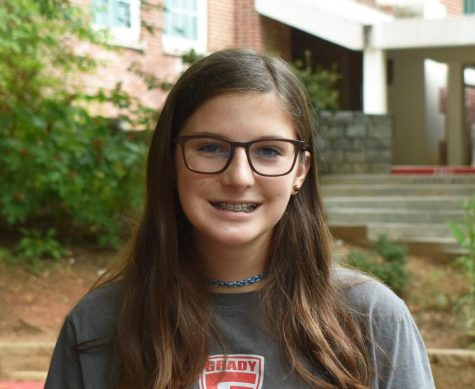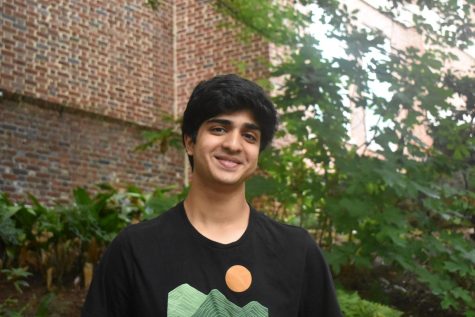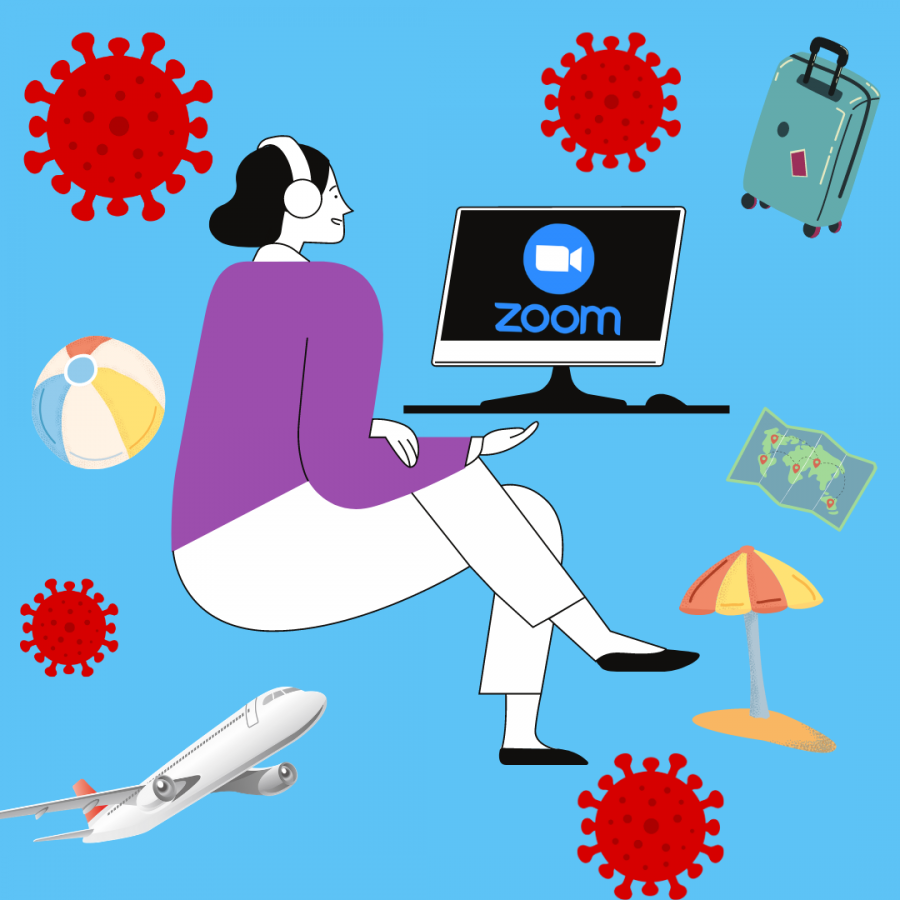Head to Head: Is the virtual learning week after spring break necessary?
April 11, 2021
For April 12-16, Atlanta Public Schools made the decision to switch to fully virtual learning in order to mitigate possible Covid-19 spread following spring break travels. Two staff members weigh-in on if this switch from hybrid to virtual learning was necessary.
Virtual learning week is unnecessary
Students have gotten used to hybrid learning, but this new balance is about to be thrown off.
After three months of hybrid schooling, Atlanta Public Schools has decided to switch to all virtual learning for April 12-16, the week after spring break. This decision was made to mitigate possible Covid-19 transmission following students’ and staff’s travels over the break. I appreciate APS prioritizing health and Covid-19 safety, but this change is disruptive and unnecessary.
In these unusual times, consistency has been the one thing keeping me sane. On March 22, I switched from all virtual learning to in-person learning, and adjusting to my new schedule took a while. After learning at home for an entire year, I had already established a routine that worked for me. When I went back to school, I was more tired than normal and my balance was thrown off. I did eventually adapt to the new rhythm of waking up, driving to school and seeing my teachers and peers every day.
Switching back to virtual learning will be disruptive to in-person students, interrupting the routines that weren’t easy for them to establish. Routines are extremely important for mental health, and studies have shown a consistent schedule leads to lower stress levels and improved sleep. Even without a pandemic, teenagers struggle with stress and sleep, but this year these difficulties have only worsened. The switch back and forth from virtual learning to in-person learning takes a toll on students and adds another layer of inconsistency to their lives.
While I know APS is trying to combat possible spread of the virus from students who have travelled over break, the reality is the risk will not be much higher than it is already. With only a small percent of students back in-person, contact is already minimal and the regulations put in place are working. From March 27 to April 2, APS reported only 21 student cases of Covid-19 and 10 staff cases across the entire district. The existing safety protocols have done their job: they’re actively isolating cases and keeping students and staff safe.
In addition, some teachers are already fully vaccinated and a growing number of students are receiving their first vaccines, making the school environment even safer. While there is a national concern that spring break partiers may lead to a spike in Covid-19 cases, most of the national dialogue is centered around the impact of college students.
For K-12 school districts, partiers and Miami Beach barhoppers aren’t a big concern. It makes sense that the safety of other, larger settings may be negatively impacted by spring break travel, but the current environment at Grady is so small and contained this is not as big of an issue. The risk of an outbreak of the virus in school is simply not high enough to warrant switching back to virtual schooling, adding more chaos into student’s lives.
The week-long hiatus from in-person learning does more harm than good for both students and teachers; the risk of possible outbreak is not high enough to warrant the disruption of education and mental health.

Lanier is a senior and this is her third year on staff with the Southerner. In addition to writing for the Southerner, Lanier is editor of Latin club,...
Virtual learning week is necessary
Although Covid-19 rates in Georgia and across the United States have been declining, it is still important to take precautions in order to prevent a resurgence of the virus. Atlanta Public Schools is taking appropriate steps by requiring all schools return to virtual learning for the week following spring break.
Even though vaccination rates are climbing, mitigation strategies have become even more critical because perceived immunity has made people less careful and more willing to be reckless. Despite the surge in vaccinations, many Americans are still unvaccinated and susceptible to the virus. Even those who have received the vaccine may not be 100 percent protected and could still transmit the disease to those around them. This means spring break travel could lead to higher rates of infection throughout the U.S. population, and school districts, specifically APS, must respond accordingly.
According to the CDC, air travel increased during spring break, reaching the highest levels since pandemic restrictions were put in place over a year ago. This means more people across the country are coming in contact with each other, making it easier for the virus to spread. Although airplanes are relatively safe due to filters and other precautions, it is still possible for people on flights to spread coronavirus to those in close proximity to them.
No matter how people travel during spring break, any type of travel will put more people at risk of getting sick. This risk is increased by the transmission of the B.1.1.7 variant of the coronavirus, also known as the UK Variant, which has now spread to every U.S. state. Researchers have also found that this variant spreads more easily in kids than other strains, which could put students and schools at a higher risk.
Some may argue returning to virtual school for the week after spring break will disrupt learning ;however, the difference between in-person and virtual Zoom learning is currently minimal. Students and teachers log on to the same classes whether they are in the school building or at home. The only difference is the setting, which doesn’t impact education enough to warrant putting people at risk. Although maintaining a routine is important, flexibility is required of us during these times and logging onto Zoom from a different place for a week is a small sacrifice for students to make to ensure their safety and protect those around them.
Even if there is a difference; however, one week would not have a significant impact in the long run. For months, APS managed to make virtual school work for students and teachers and many people are still doing so. An additional four days of in-person instruction is not worth sacrificing the health and safety of APS staff and students.
Right now, schools must focus on preventing the spread of the virus. If the pandemic makes a resurgence, it could have deadly impacts on schools and further disrupt daily life for students and teachers. Outbreaks of the B.1.1.7 variant have already prompted school closures in Europe and, if the situation is not handled carefully, this spring could become a repeat of last spring. APS is rightfully putting the health of students and teachers first, and for that, I applaud the district.

Aran Sonnad-Joshi is a senior and a Co-Editor in Chief of The Southerner. This is his third year on the Southerner staff. He is also a member of the Lincoln-Douglas...
